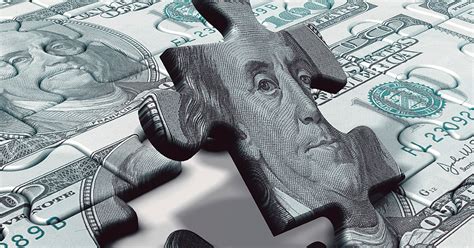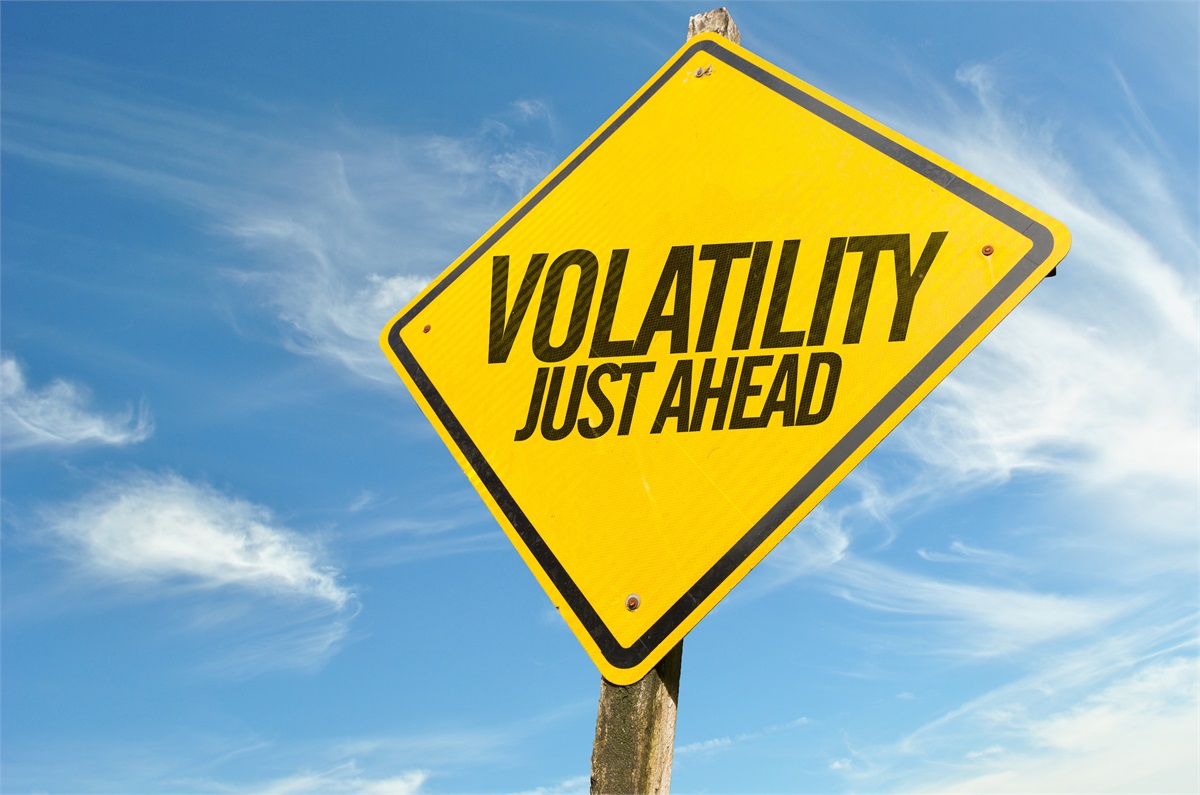The mystery of man has no beginning and no end. His intuition and feeling unfold and blend. The Mystery of Man – William Hermanns
For investors, the experience of March may have felt a bit like a walk in the park, but readers of the financial press perhaps wondered if it was a book best placed back on the shelf. “Strong Finish Can’t Salvage Tough Quarter for Stocks” opined The Wall Street Journal on the month’s final day with that publication adding, in another article, “Bond Market Suffers Worst Quarter in Decades.” Bank of America cautioned “Stock Surge Is a Bear Market Trap with Curve Inverted.”
Investors may have felt themselves in the need of seeking the ministrations of a chiropractor as the S&P 500 offered an experience realized only for the twelfth time in the more than three-hundred quarters since the conclusion of the Second World War; returns of both plus and minus “double digits”. From January 3rd to the quarter’s lows on March 7th the S&P declined 13% followed by an 11% rise by March 28th. Let us hope that history will repeat itself this next quarter and year as the S&P was positive the following quarter ten of those eleven prior times with average returns of 11% and positive returns in all instances the following year with returns averaging 30%!
And what of that inverted yield curve “B of A” cautioned us about? The Federal Reserve, confronted with inflation numbers three times greater than its cited 2% target, grew the talons of a hawk and shredded the script from which it had only recently invited others to read. On March 16th, the Fed raised interest rates ¼%, its first increase since December 2018 and set expectations for similar increases at each of its remaining six meetings this year cautioning that it would be willing to consider increases of ½% should inflation remain “elevated and persistent”. Interestingly, the fixed income markets responded most dramatically in widening the “spread” between the rates on 90-day treasury bills and 2-year treasury notes to their widest levels since 1994. And so why should we care? Because it is the markets way of communicating its view that inflation is indeed transitory with future inflation expectations rising less than that of longer dated interest rates. Though media pundits are chirping about inverted yield curves, the reality is that inflation adjusted future interest rate levels on 10-year treasury bonds are actually rising. And that, my friends, may also be predicting higher rates of economic growth later this year and may also explain a rising stock market.
Putting together the puzzle pieces of various market returns is certainly an exercise in the interesting. Utility stocks are considered by many to be “bond surrogates” as they are valued more as sources of income rather than growth. With 20-year US treasuries declining 5 ½% for the month one might not have expected utility stocks to rally 10 1/3% for the month. With natural gas prices rising 27 ½% and oil 10% for the month, gold prices rose, a beat of the drum here, 1 ¼%. And with rising geopolitical tensions leading to, one might think, an increasingly risk averse investor population, the world’s best performing stock market for the month and quarter was…Brazil, delivering returns of 15% and 35% respectively.
The S&P 500 returned 3.76% for the month and -4.62% for the quarter with the growth portion 4.45%/-8.56% and the value 3.02%/-0.13%. Small Cap stocks hit the snooze button returning 1.16% for March and -7.54% for the quarter. The stock market party was for US attendees only as foreign developed markets were 0.52% for the month and with those markets underperforming the S&P with a -6.46% for Q1. For 60% equity/40% fixed income investors the quarter delivered a -4.0% return (0.66% in March) as the negative returns on equities -4.75% (+2.4% in March) were, unhappily for investors, married to fixed income’s -3.0% returns in Q1 (-2.0% in March).
Mark H. Tekamp, April 6, 2022



